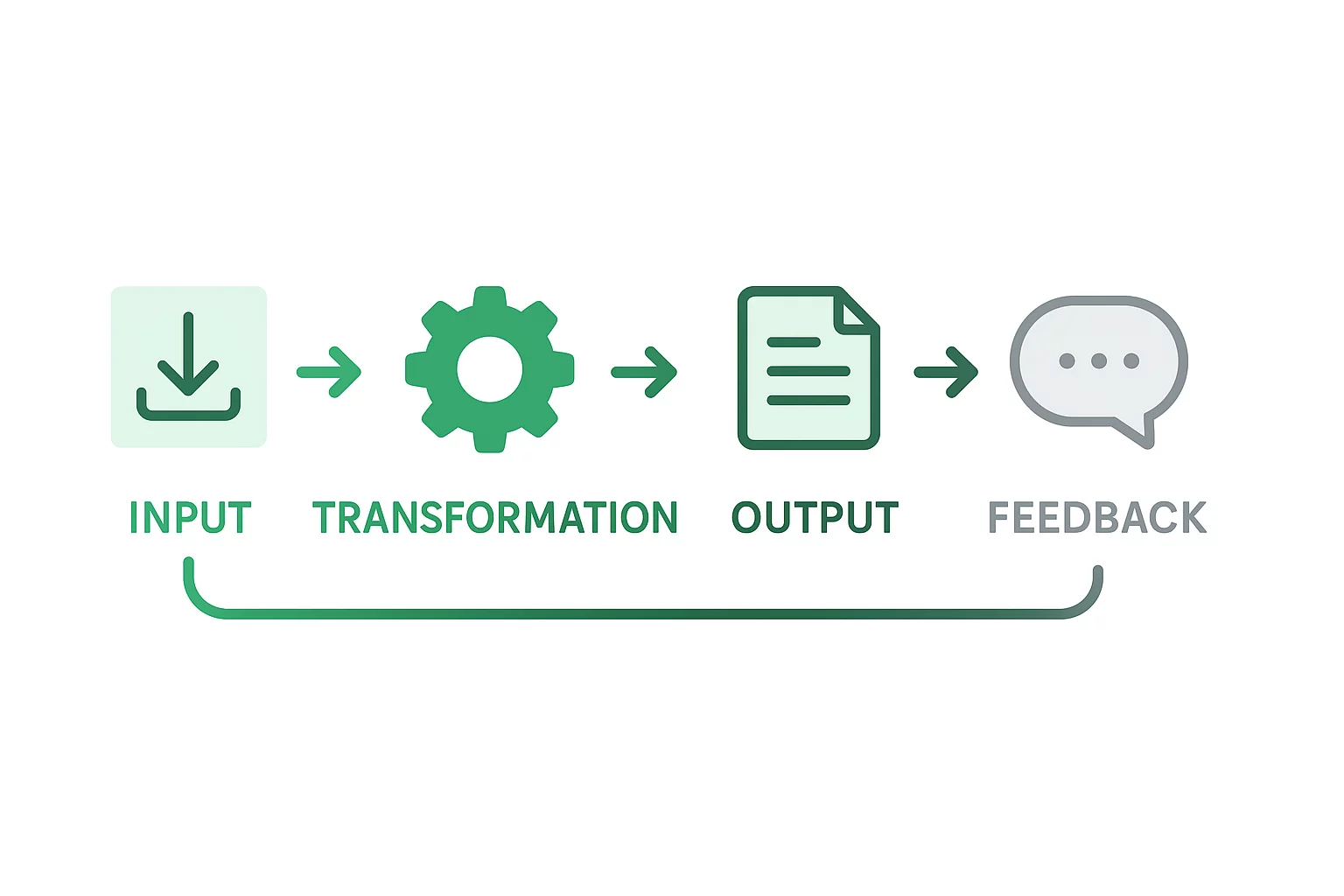Your business plan is complete. The numbers are compelling, the return on investment looks strong, and the vision for your new solar module factory feels solid. On paper, your investment looks perfect.
But what happens when the neat assumptions of your spreadsheet meet the unpredictable reality of the global market?
A financial model is an essential tool, but it’s also a static snapshot based on a specific set of conditions. In the dynamic solar industry, these conditions can change dramatically and without warning. That’s where sensitivity analysis becomes critical. It’s the process of stress-testing your financial plan to see how it holds up when key variables shift, preparing you not just for success, but for resilience.
Why Your Financial Model Is Only a Starting Point
Think of your initial financial projections as a map showing the most direct route on a calm, sunny day. Sensitivity analysis, however, prepares you for potential storms, roadblocks, and detours. It asks a series of ‘what if’ questions to reveal which factors pose the greatest risk to your profitability.
The solar manufacturing industry operates within a complex web of global supply chains, commodity prices, and geopolitical events. A plan that ignores this volatility is incomplete. By understanding which variables have the most impact on your bottom line, you can build a more robust strategy, secure better financing, and make smarter decisions from day one.
The Critical Variables That Can Make or Break Your Investment
While dozens of factors can influence your factory’s success, a few key variables drive the most significant financial swings. A thorough sensitivity analysis zeroes in on these key areas.
The Price of Polysilicon: Your Primary Raw Material
Polysilicon is the primary raw material for most solar cells, and its cost is the single largest component of your Bill of Materials (BOM). Its price is famously volatile, subject to supply gluts, demand surges, and trade policy shifts. A sudden price spike can directly erode your profit margin on every module you produce.
For example, a project plan assuming a low, stable polysilicon price could show a healthy profit. But what happens if that price increases by 30% or 50%? A sensitivity analysis will show precisely how much your cost-per-watt increases and at what point your project becomes unprofitable. This insight can prompt you to consider strategies like long-term supply contracts or more efficient production technologies.

The Final Sale Price: Navigating a Competitive Market
You control your production costs, but you have far less control over the market price for finished solar modules. The industry has seen periods of intense competition and oversupply, which can drive down prices unexpectedly. In 2023 alone, global PV module prices fell by over 24% due to a rapid expansion of manufacturing capacity.
You must test your financial model against various sale-price scenarios. How does a 10%, 20%, or even 30% drop in the market price affect your revenue, payback period, and overall ROI? This analysis helps you determine your break-even point and build a business model that can withstand market downturns.
Logistics and Shipping: The Unpredictable Link in Your Supply Chain
Your factory relies on a global supply chain, importing raw materials like polysilicon, glass, and aluminum frames, and exporting finished modules to customers. The cost of international shipping can be highly unpredictable. The period following the COVID-19 pandemic saw freight costs multiply, catching many businesses off guard and turning profitable orders into losses.

Accounting for fluctuations in logistics costs helps you better understand your total landed cost for materials and your final delivery cost to customers. This analysis might influence decisions on sourcing from regional suppliers or targeting specific customer markets to minimize shipping risks. For anyone considering How to Start a Solar Panel Factory, evaluating regional logistics infrastructure is a critical early step.
Energy Costs: Powering Your Production
Solar module manufacturing is an energy-intensive process. The cost of electricity at your chosen factory location will be a major component of your operational expenses (OPEX). These rates vary significantly by region and are subject to change. Factoring in potential increases in electricity costs is essential for accurately projecting your long-term operational budget and ensuring your cost structure remains competitive.
What Is Sensitivity Analysis? A Practical Overview
At its core, sensitivity analysis is a simple but powerful financial modeling technique. The process is straightforward: you systematically change one key variable while keeping others constant. You then observe the impact on crucial financial outcomes like Net Present Value (NPV), Internal Rate of Return (IRR), and payback period.

For instance, you might run the following scenarios:
- Scenario A: Increase polysilicon price by 20%.
- Scenario B: Decrease module sale price by 15%.
- Scenario C: Increase shipping costs by 40%.
By comparing the results of each scenario to your original ‘base case,’ you can quickly identify which variables your project is most sensitive to. If a small tweak to one variable creates a large swing in your profits, you’ve identified a major risk factor that requires a dedicated mitigation strategy.
Beyond the Numbers: The Strategic Value of Stress-Testing
A sensitivity analysis isn’t merely an academic exercise; it’s a vital strategic tool with immense practical value:
- Builds Investor Confidence: It demonstrates to banks and investors that you understand the market risks and have planned for them.
- Informs Strategic Decisions: It guides critical choices. For example, if your model is highly sensitive to polysilicon prices, you might prioritize securing a long-term fixed-price agreement with a supplier. If technology efficiency is a key driver, you will know to invest in The Complete Guide to Solar Module Manufacturing Equipment that offers a clear upgrade path.
- Establishes Realistic Expectations: It moves your forecast from a single, optimistic number to a realistic range of outcomes, preparing you mentally and financially for volatility.
- Improves Operational Planning: Knowing your key sensitivities helps focus your attention. You can then develop contingency plans, secure adequate working capital, and build resilience directly into your business operations.
Frequently Asked Questions
What is the difference between sensitivity analysis and scenario analysis?
In a sensitivity analysis, you typically change one variable at a time to isolate its specific impact. Scenario analysis is more complex; it involves changing multiple variables simultaneously to model a particular future state—such as a ‘global recession scenario’ where module prices fall, demand shrinks, and shipping costs rise all at once. Both are valuable, but sensitivity analysis is the foundational first step.
How often should I update my financial model and analysis?
Your financial model should be a living document. Review and update your assumptions quarterly, or anytime a major market event occurs, such as a significant shift in raw material prices, a new trade tariff, or the announcement of a new, competing technology.
What is the most common mistake investors make in their initial financial models?
The most common error is using overly optimistic and static assumptions. Many first-time plans assume that today’s low material costs and high module prices will remain constant for the next ten years. This approach fails to account for the industry’s inherent cyclicality and leads to unrealistic expectations.
Your Vision, Strengthened by Experience
Planning a solar module factory is a significant undertaking, but you don’t have to navigate these complexities alone. A robust financial plan anticipates challenges, not just success. By stress-testing your assumptions through sensitivity analysis, you transform your business plan from a fragile document into a resilient strategic guide.
With over 25 years of experience, our team helps entrepreneurs build robust plans that stand up to real-world pressures. If you’re ready to move forward with confidence, contact our team for a project consultation to discuss the financial viability of your vision.
